The American School on the Rhine in Bonn-Plittersdorf was, for decades, one of the most important educational institutions for the children of diplomats, military personnel, and international families. It was not only the largest embassy school in the former German capital but also one of the oldest foreign schools in Germany.
From Humble Beginnings to an Established Institution
School operations began in the 1950s with just a few pavilions on Turmstraße (later renamed Martin Luther King Street). At that time, the school was part of the U.S. settlement in Plittersdorf, built after the founding of the Federal Republic of Germany as a residential area for U.S. embassy personnel. This district quickly became known as „Little America„—a self-contained town with a church, theater, shopping center, and modern sports facilities.
The school grew steadily and soon offered exceptional opportunities. The Recreation Center, with its expansive green spaces, tennis courts, a sports hall, and what was then the only indoor swimming pool in Bad Godesberg, provided ideal conditions for both school sports and leisure activities.
An International School Community with an American Spirit
With around 700 students from 42 nations and a faculty of 42 teachers and specialists, the school developed into an internationally recognized institution. Originally founded as an Elementary School, it later expanded to include a Junior High School (Grades 7–9) and, by 1971, a Senior High School (Grades 9–12).
Until the 1970s, most students were still American. However, over time, nearly 50% of the students came from other countries. Some were German children whose families had lived in the U.S. for an extended period or planned to relocate there. Others were American students with German parents or grandparents.
A Unique Educational Experience
The curriculum followed the American school system, and most students graduated with the High School Diploma. German was a mandatory subject only in the lower grades, with initially 15 and later 30 minutes of daily instruction. However, an impressive 80% of students voluntarily continued taking German throughout high school.
The school’s facilities were exceptional for its time. In addition to specialized classrooms, two libraries, a woodworking shop, and a typing room, there was an early computer lab where students learned to use modern computing and video technology.
Building Bridges Between Germany and the U.S.

The school saw itself not just as an American institution in Germany but also fostered strong relationships with German schools. This dedication was recognized when long-time German teacher Hildegard Scholz was awarded the Federal Cross of Merit by the German President for her contributions to German-American relations.
My Personal Connection to BAHS
I attended the American School on the Rhine from 1973 to 1976 and graduated with a High School Diploma. Those years were formative for me, not only due to the excellent education but also because of the unique environment in Bonn, Germany’s capital at the time.
Today, I am committed to keeping the BAHS alumni community alive by maintaining our Facebook group and the website bahsalumni.org. Our goal is to preserve memories, reconnect former students, and organize alumni reunions.
I would love to hear from others who attended this special school! What are your memories of BAHS? Which experiences stand out the most?
Let’s keep this incredible history alive together!
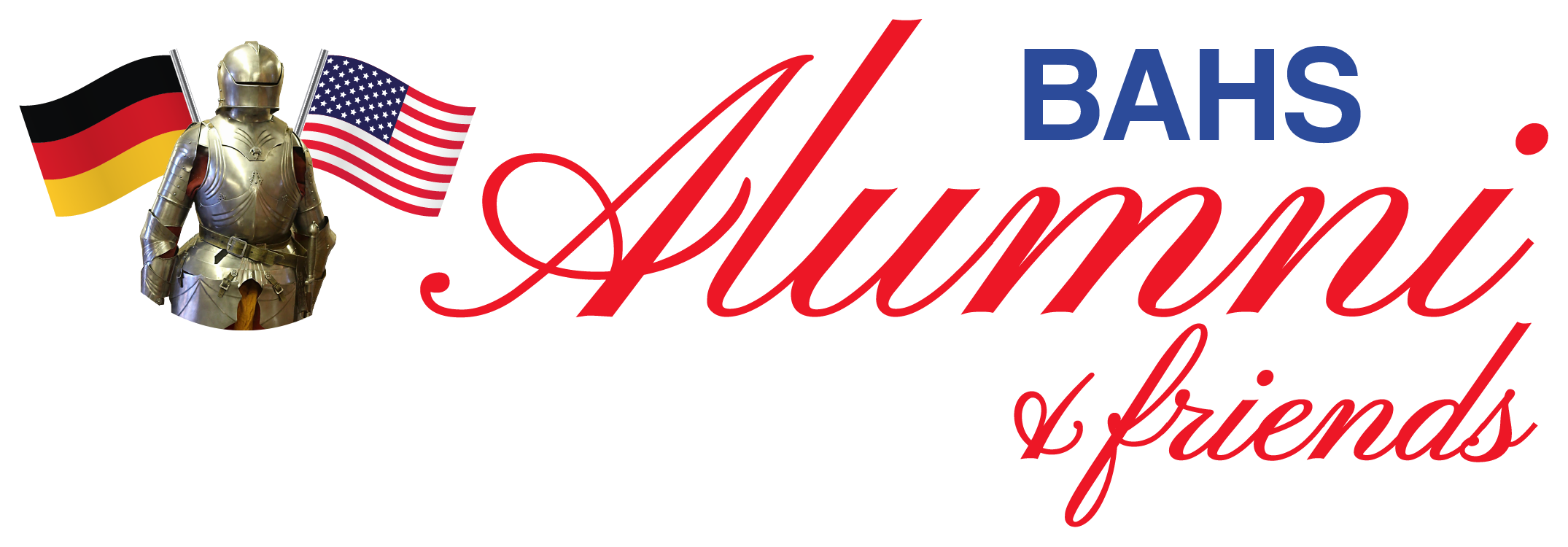
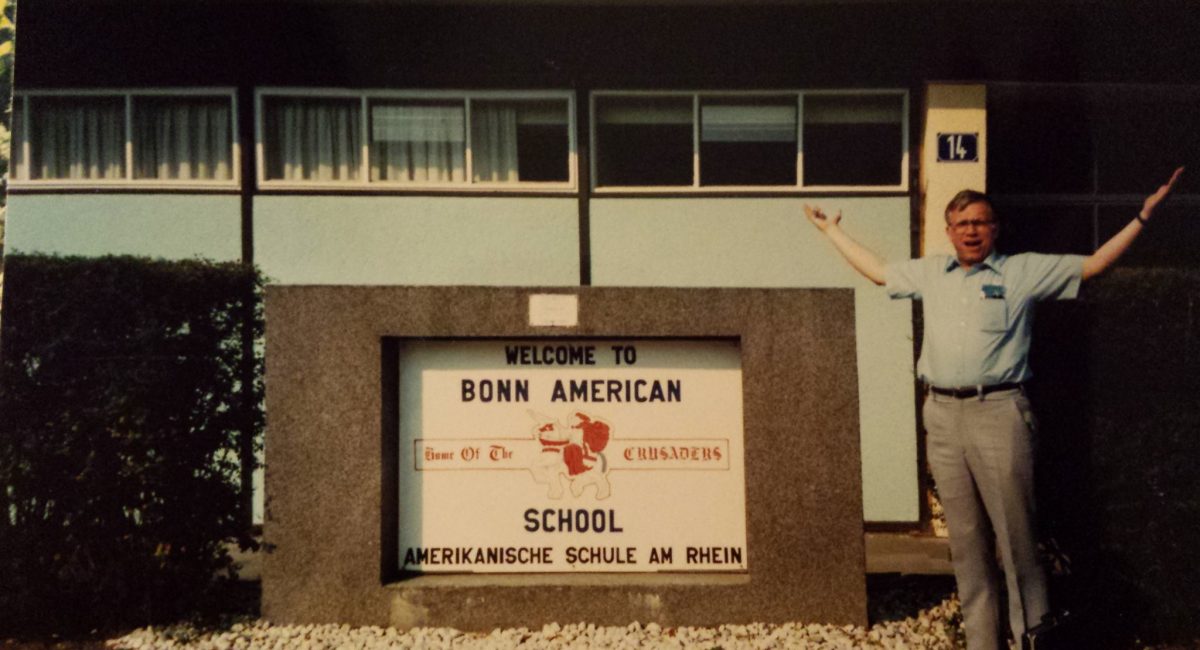
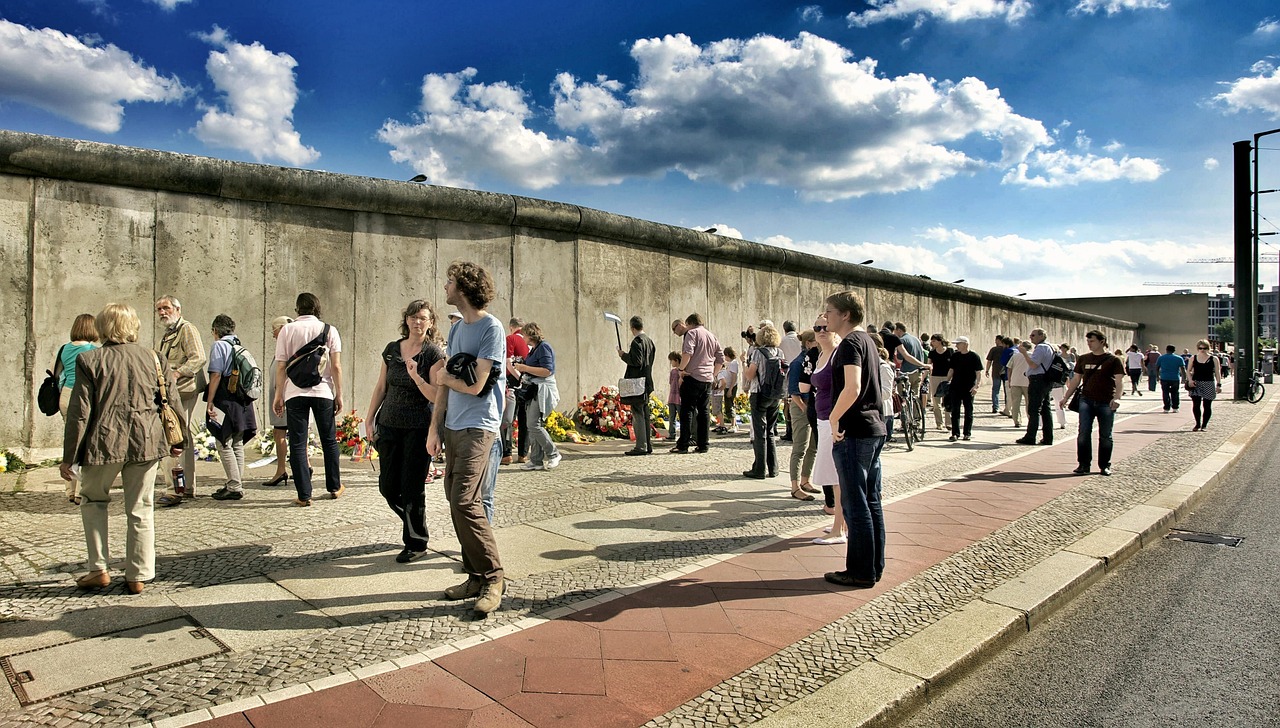
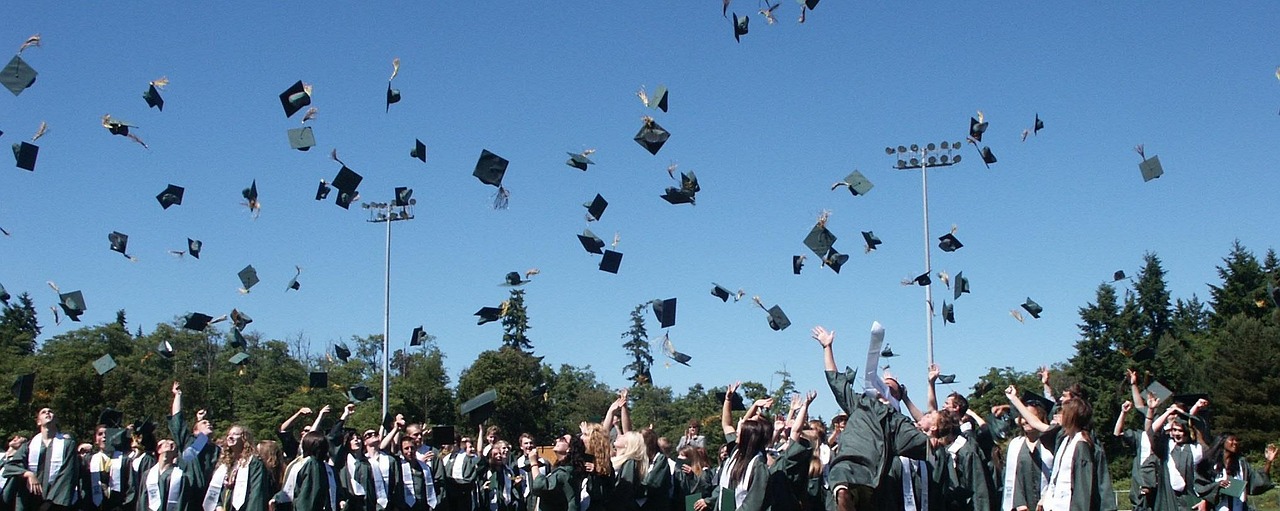
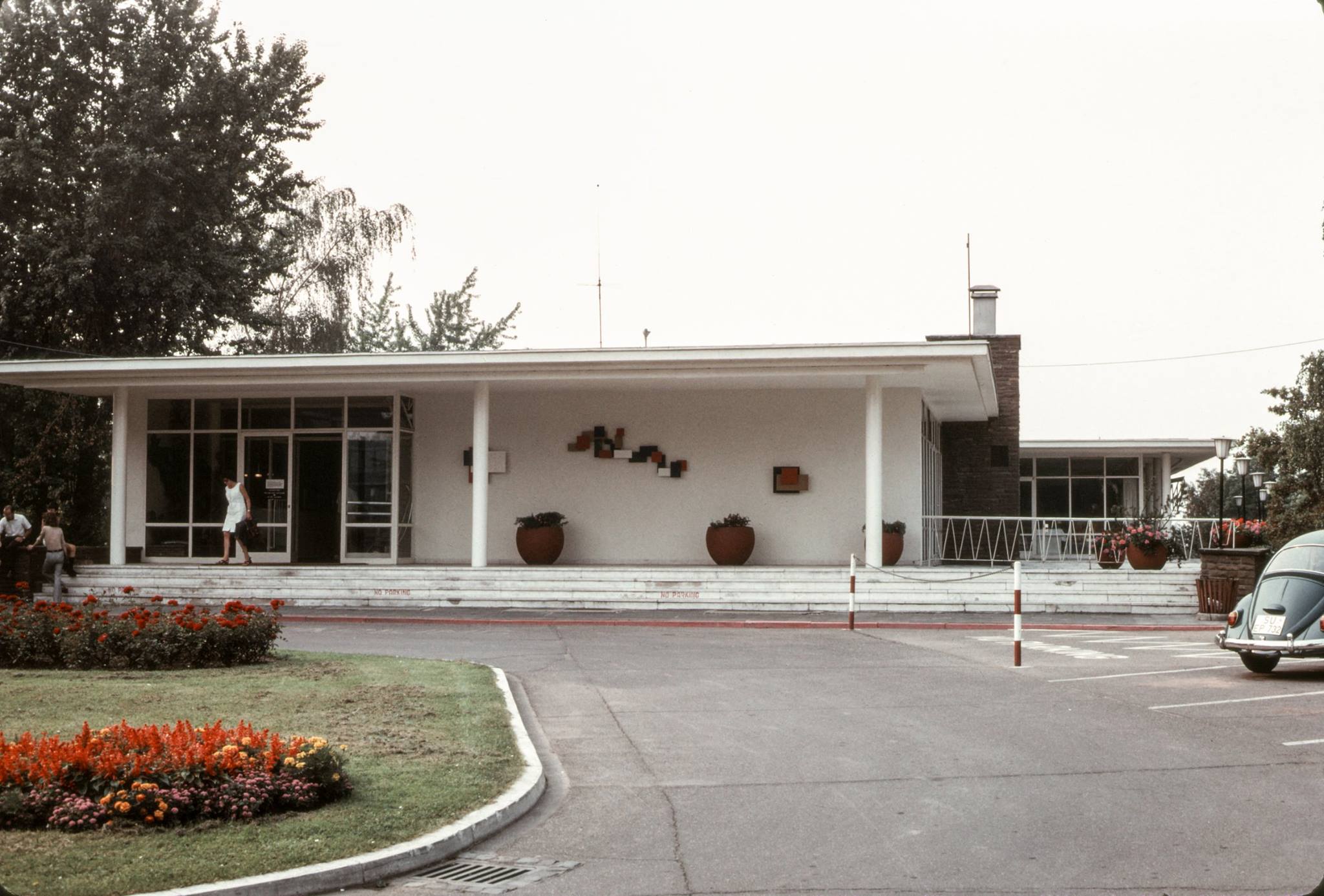
Schreibe einen Kommentar